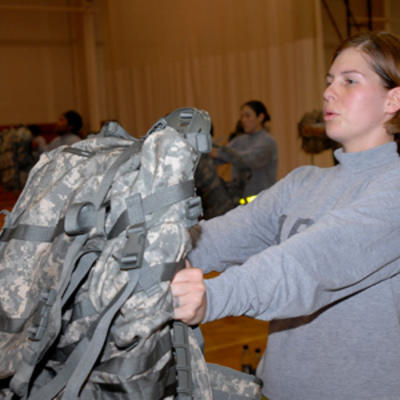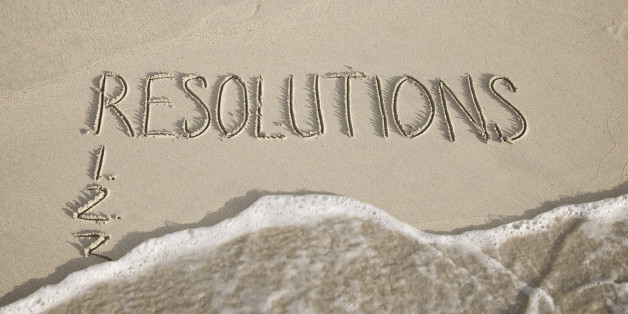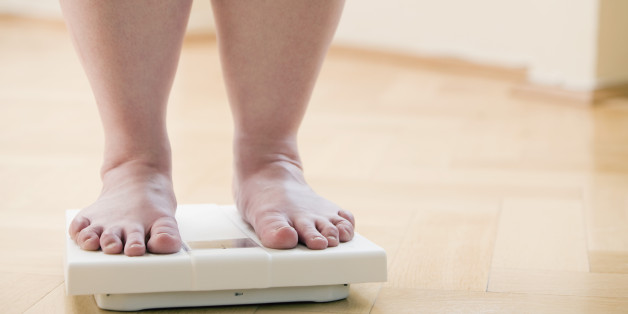Lose Weight > Common Sense To Lose Weight > Common Sense Article > Hydration and Athletic Performance
Hydration and Athletic Performance
Water is crucial to our survival. Because our body is made up of 60% water, it is important to be aware of our body's need for hydration. Our body needs water for the following functions:
* It acts as solvents for nutrients.
* It aids in digestion and absorption.
* It transports materials throughout the body.
* It eliminates toxins and waste products.
* It regulates body temperature.
* It is used for energy production.
There is not one system in the entire body that does not depend on water and require hydration! It is recommended that the average individual take in at least 8 glasses of water a day…that figure is raised to 10 glasses during hot days or in hot climates.
Sports and Hydration
I witnessed a disturbing incident a few years ago when a friend of mine collapsed on a hockey rink and started shaking uncontrollably. When the EMS unit arrived on the scene, they told us he was dehydrated. This was the cause for his collapse. Apparently he drank four sodas right before the game. Caffeinated beverages, such as soft drinks, coffee, tea, act as diuretics and increase urination and this leads to dehydration. After four sodas, hard exercise, and ignoring the importance of hydration, his body just shut down. For best performance and for your safety, these beverages should be avoided.
What happens during exercise?
Heat is generated as a by-product of your working muscles. With intense, short duration events, the heat production can be greater than 100 times the production at rest. As body heat rises, body temperature and heart rate also rise. As the exercise continues, the body is limited in transferring heat from the muscles to the skin surface. The body will require hydration.
Exercising in hot, dry climates presents additional risks to dehydration. Body fluids will evaporate so rapidly so that you may not notice any symptoms. In humid climates, when your moisture increases, sweat decreases. When your sweating rate decreases, your body temperature rises and you will fatigue more easily and your risk of heat injury is greater.
What is heat injury?
Heat injuries include heat cramps, heat exhaustion, and heat stroke. Heat cramps are severe muscle spasms resulting from heavy sweating. Heat exhaustion is severe fatigue resulting from excessive exposure to heat that can lead to collapse. Heat stroke is a life threatening condition that develops rapidly and may not have any warning signs. It is the third leading cause of death among athletes.
There are three factors that contribute to heat injuries. They are increased body temperature, loss of body fluids and loss of electrolytes. Symptoms to look for include weakness, chills, goose pimples on your chest and upper arms, nausea, headache, faintness, disorientation, muscle cramping and cessation of sweating.
General heat related injuries cause 240 deaths per year! That is an awful lot of deaths that can be prevented with simple knowledge. To reduce the risk of heat injuries, adequate fluid replacement is essential before, during and after exercise.
What fluid is best for rehydration?
Water is the appropriate drink before, during and after exercise. However, for exercise lasting longer than one hour and after exercise, it is important to replace electrolytes lost. Sodium replacement not only maintains blood concentration but also increases palatability, and therefore the desire to drink.
The addition of carbohydrates will delay the onset of fatigue and help to maintain blood glucose concentration. A sport drink with 4%-8% carbohydrate is recommended for replacement during exercise, especially with exercise bouts lasting longer than one hour. Gatorade, All Sport and PowerAde are all great choices.
So the next time you exercise, please be aware of the importance of hydration. It is a simple step that can save your life!
Get your free subscription to Healthy Revelations newsletter and be on the cutting edge of topics such as health, nutrition, & weight loss. Gain insight on issues that'll be sure to enhance your life! Go to http://www.healthyrevelations.com
To view more Quality Articles by Colleen Palati, go to http://www.2bHealthyAgain.com
This article was auto-submitted by the author with ease using: http://www.MyArticleAnnouncer.com/author=%%5364%%
Related Articles
-
Simple And Effective Workouts For Love Handles Elimination
Looking around, you will come across very many people who have extende
-
Are You a Carb Addict - Yes or No?
Would you like to find out what those-in-the-know have to say about
-
Not All Calories Are Created Equal!
When will these so-called experts in our field figure this out? If I h
-
Boresha Fat Burning Coffee
Boresha Fat Burning Coffee Boresha not
-
Why Does My Fat Just Keep Coming Back?
(BlackDoctor.org) — All you have to do is wheel y
-
Five Ways You Can Find Time For A Daily Workout
What’s the number one reason people give for not working out?
- DON'T MISS
- 2 Of The Most Potent Fat Burning Foods
- Book Review: The South Beach Diet
- 10 protein foods for weight loss
- Rapid Weight Loss. It Is Safe?
- Conquer Emotional Eating - Start With Spring Cleaning!
- Obstacles to Dieting
- Weight Loss Plan - Eating Healthy
- Diet Plans To Lose Weight: By Wayne Burd
- Fat Replacers and Thickeners in Low-Fat Products
- Weight Loss and Managing Diabetes




